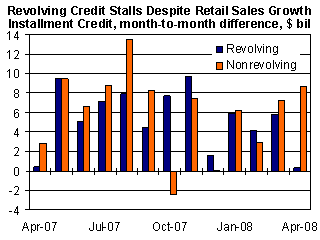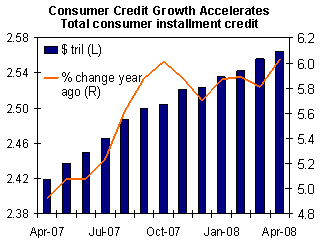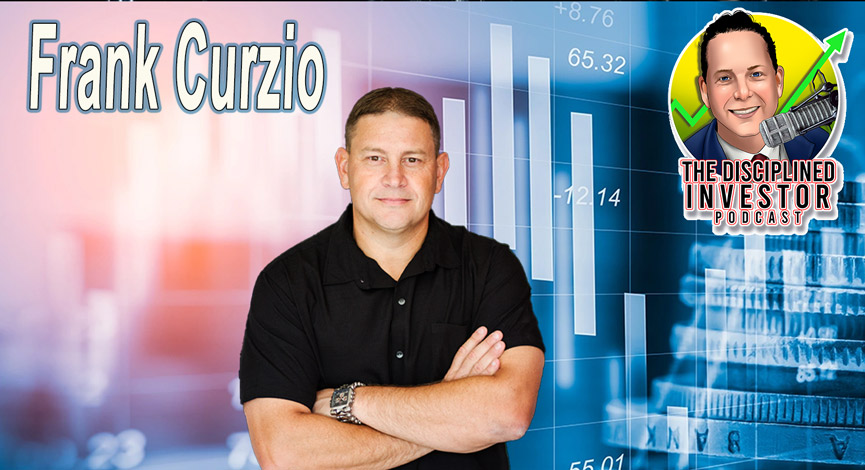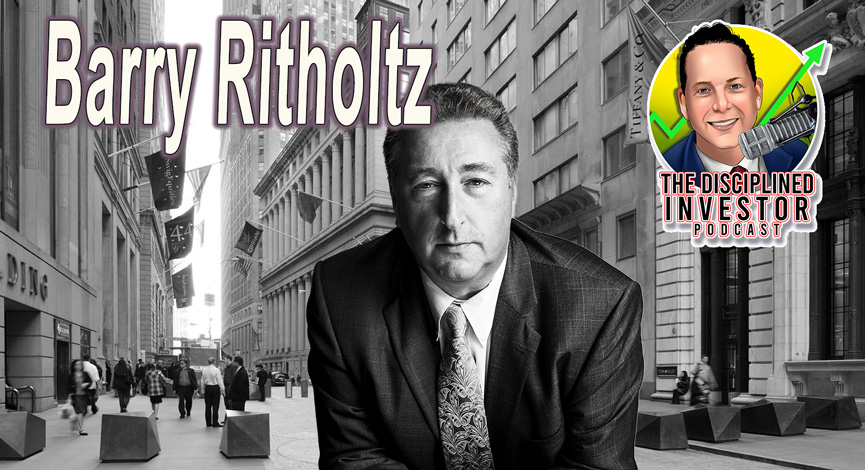The reports last week showed that in April there has been a precipitous slowing of revolving credit. It would have been better if we saw it slow at a more reasonable rate rather than what actually occurred. While that may seem to be a strange statement, the quick turnaround only provides evidence that consumers were, in large part, simply utilizing their governmental stimulus gifts for spending. Which is the point of it of course, but that is not going to last for long. So, any excitement should be tempered with a dose of reality.
Consumer Flow: Consumer Borrowing Accelerates notes: (subscription required)
Revolving credit was almost unchanged in April, despite moderate increases in retail sales excluding autos. Demand for additional revolving credit is likely to remain tame over the very near term, as more recent indicators, such as weekly chain store sales, suggest that consumer spending growth remains weak. Furthermore, the federal government is beginning to disburse the stimulus checks and about half of them have recently been mailed out or directly deposited into bank accounts. This will also lessen the need for cash-strapped households to run up their credit card balances. However, once the stimulus checks are spent, households are expected to turn to credit cards again to offset the effects of weak housing and labor markets, fading mortgage equity withdrawal, and sluggish growth of real disposable personal income.
The general trend for credit is still moving in the wrong direction and it is still providing evidence that the consumer is still struggling to pay for goods. This is clearly shown by the increase of $8.9 billion of consumer credit added in April. The main component of the increase is nonrevolving lines of credit that include durable goods. These are the same durable goods which has been slowing due to lack of consumer demand. So, what are these consumers spending on?
It is not autos as we have seen a massive slowing for new vehicle sales. Here is my speculation: Perhaps it is consumers making a last ditch effort buying small to mid size durables as they are realizing that the credit party is quickly coming to an end. Electronics, washers and dryers and any other goods that they can finance. Sound reasonable or even possible?

Charts from consumerflow.com

















